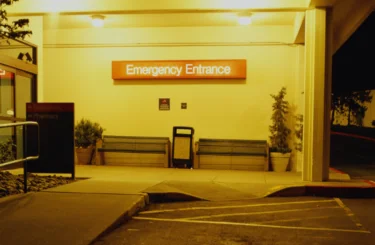
Best Practice Advisories (BPAs): What Are They and What Happens When Healthcare Providers Ignore Them?
Advancements in technology that aim to make medical professionals’ jobs easier while simultaneously improving the quality of healthcare may also increase the risk of medical errors. One such advancement – best practice advisories, known as BPAs – actually put patients at risk when they are ignored.
Today, electronic health records (EHRs) have been widely adopted nationwide. Under the American Recovery and Reinvestment Act, all public and private healthcare providers were required to adopt and demonstrate “meaningful use” of electronic medical records. According to the Office of the National Coordinator for Health Information Technology, as of 2015, more than 80% of nonfederal hospital systems use EHRs. EHRs provide greater convenience to patients and improve access to treatment, but they are not without problems.
When used properly, EHRs provide an opportunity to improve the quality of care through BPAs. BPAs are pop-up alerts, based upon the information entered into the EMR, designed to guide the end user’s actions, offering reminders about possible diagnoses, suggestions regarding possible treatments, and warnings against contraindications.
Benefits of Best Practice Advisories
At their best, BPAs enable healthcare professionals to provide safer and more effective treatment with fewer errors. For example, sepsis is a life-threatening infection if not treated as soon as possible. A sepsis BPA can help identify a patient at risk by identifying parameters in the EMR that would suggest a diagnosis of sepsis if not already made. If a nurse is screening a patient who hasn’t received a flu shot, a BPA might pop up on the screen, prompting the nurse to discuss it with the patient and order a flu shot. These advisories can also alert healthcare providers to potential negative consequences, such as contraindications with certain drugs and treatments.
What Happens When Best Practice Advisories Are Ignored?
BPAs are intended to display an important message to the end-user at the most appropriate time, but with so many of these alerts popping up during a workday, healthcare providers sometimes ignore the alerts and don’t think about the information being provided. Ignoring an alert, and dismissing the information, may lead to tragic results for the patient.
Most Impactful Use of Best Practice Advisories
As with many technologies, best practice advisories (BPA’s) are only effective if hospitals implement them properly. Problems occur when hospitals allow healthcare providers to ignore the BPA’s in the EMR. Hospitals must develop the necessary policies and procedures to utilize BPA’s effectively and must hold their healthcare providers accountable when BPA’s are not appropriately evaluated. Not every BPA that appears in the EMR is appropriate for each patient, but every BPA requires careful consideration and analysis.
Contact a Skilled Medical Negligence Lawyer Today
If you or your family have been injured because of a healthcare provider’s professional negligence, the skilled medical malpractice attorneys at Sommers Schwartz can help. We will review your situation, determine the most appropriate legal strategy for moving forward, and protect your rights and best interests throughout the entire process. Contact Sommers Schwartz today for a confidential consultation about your case.
Matthew Turner
Matthew Turner is a shareholder with Sommers Schwartz, and focuses his practice on medical malpractice, legal malpractice, ERISA, and class action matters.





